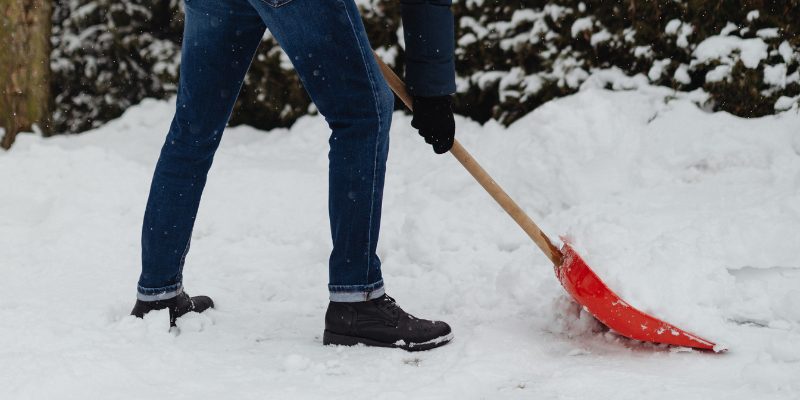As a homeowner, protecting your property from unexpected weather events should be a top priority. One way to ensure the longevity of your investment is to conduct a thorough visual inspection of your home’s exterior, as well as any fences, sheds, and other buildings on your property at least once or twice a year. In this article, we’ll guide you on how to inspect your house and property for weatherproofing.
Start at the Top: Check Your Roof
Your roof is your first line of defense against extreme weather conditions. Check that your roofing, gutters, and downspouts offer seamless protection and runoff management. Look for cracks or gaps in the shingles or metal roof panels, and check that joints and valleys are sealed. Also, ensure that overhangs are stabilized so that wind and rain won’t force a rupture or breach.
Examine the Foundation
The foundation is critical to your home’s structural soundness. Look for any signs of cracks or gaps in the concrete, which can be susceptible to invasive moisture. Also, ensure that the soil is built up at the foundation walls and fence posts to direct the runoff away from all buildings and fences. You can use a simple level or straightedge to determine whether the soil slopes away from the foundation. If it doesn’t, consider adding more soil to create the necessary slope.
Protect Your Secondary Buildings
Secondary buildings, such as sheds, garages, and barns, are also important to inspect for weatherproofing. Look for any signs of leaks or cracks in the walls and foundation. Ensure that the doors and windows seal tightly and that any skylights or vents are properly secured.
Trim Nearby Trees
Another way to protect your property is to trim nearby trees regularly. Falling branches can cause severe damage to your roof and other property assets during a storm. By keeping nearby trees trimmed, you can mitigate the risk of falling branches and avoid costly repairs.
Conducting a thorough visual inspection of your property assets is crucial to protecting your investment from unexpected weather events. By checking your roof, foundation, secondary buildings, and nearby trees regularly, you can ensure the longevity of your property and prevent avoidable damage. Remember that prevention is key, and taking the time to inspect your property could save you from expensive repairs in the future.






